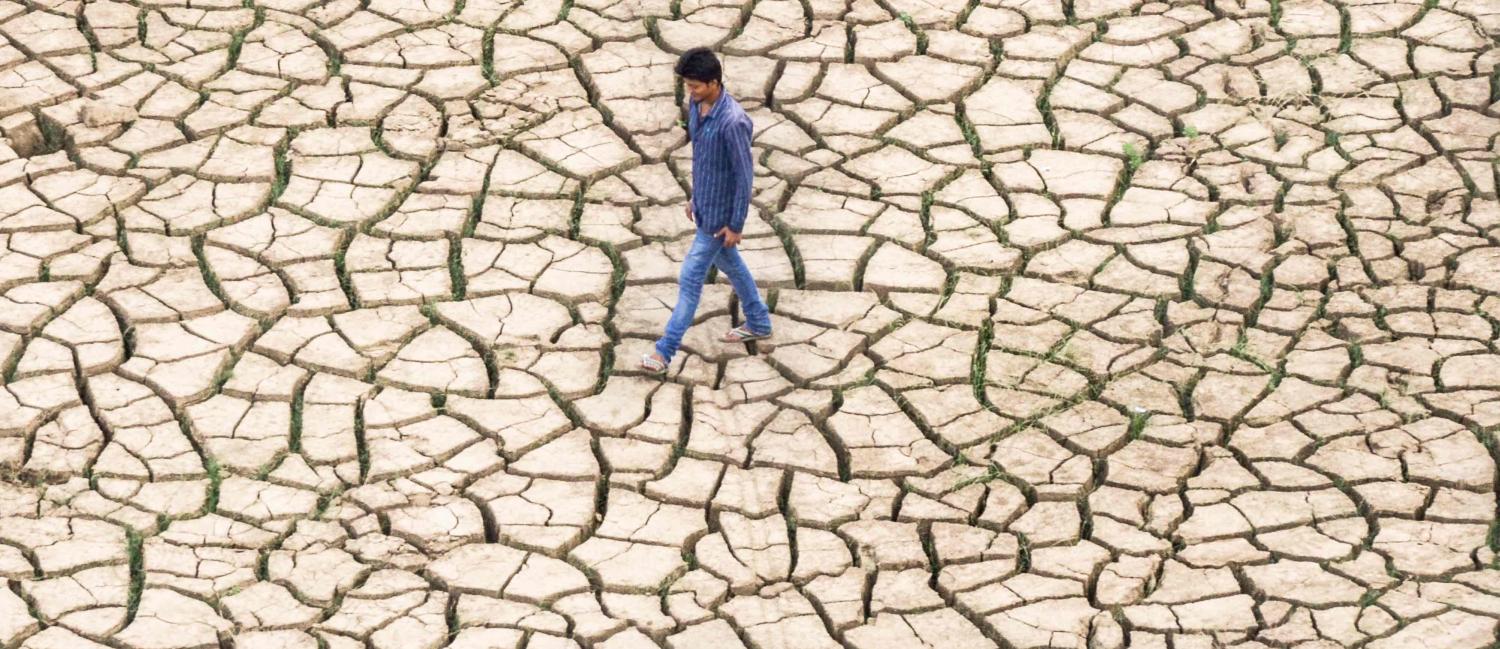Chindian ocean
Security analysts may well outnumber sun-starved tourists doing Google searches for the Maldives after last week’s leadership showdown, which has raised the prospects of a proxy battle between India and China. The challenge to India’s blue-water naval power aspirations has been well covered, but what is less obvious is how the Maldives is the distant cutting-edge of China’s economic encirclement of India.
The Maldives’ exiled alternative president Mohamed Nasheed captured this nicely with his complaint that, “Without firing a single shot, China has grabbed more land than the East India Company at the height of the nineteenth century”.
As the accompanying chart shows, China dominates two-way trade with India’s neighbours, even if the margin is only modest in the Maldives. And now China is doubling down with infrastructure investment via the Belt and Road Initiative (BRI) in the Maldives; although Pakistan is, arguably, the real financial and operational frontline of the BRI.
Of course, this economic encirclement hasn’t always been smooth sailing, given how China’s backing of local, thuggish regimes was wrong-footed by elections in Myanmar and Sri Lanka. But the economic advance explains why China is arguing a no intervention line over the troubled Indian Ocean tourist paradise while India is agonising over whether to stage a risky intervention, like it did in 1988.
Ports in a storm
It says a lot about changing attitudes to the supervision of foreign investment that Darwin Port wound up under Chinese control without a formal Foreign Investment Review Board (FIRB) assessment in 2015. But now Newcastle’s port faces such a review because its Chinese owners are doing an internal corporate shuffle. China Merchants Port Holdings Company is buying a half share in the Newcastle port from its major shareholder, China Merchants Union.
It is normal for foreign investors to do this sort of box-ticking exercise when it comes to internal asset shuffles. However, this review comes after a substantial toughening of Australia’s foreign investment regime with the appointment of former senior intelligence official David Irvine as FIRB chairman; the creation of a critical infrastructure checklist; and implementation of the latest rules restricting the sale of farmland and electricity assets to foreigners.
These changes all followed the controversy over how Darwin Port was leased to the Landbridge Group without the sort of review that should have applied to a private asset. China Merchants Group owns Newcastle Port jointly with Hastings Funds Management.
But Chinese Merchants Group is a key player in the Chinese BRI infrastructure initiative for which the Australian Government has so far struggled to develop a clear policy, so the FIRB assessment may be more complex than normal. Meanwhile, Irvine, a former ambassador to China and Australian Security Intelligence Organisation director, has sought to calm fears of a tougher approach to Chinese investment in recent interviews (here and here).
Irvine says people should not overstate the fact he has a background in dealing with China and the tougher new foreign investment rules. Two years after the government announced new critical infrastructure rules in response to the Darwin Port sale, those rules are still facing questions about how they will work in practice. Water and gas industry representatives recently expressed their concern to the Joint Parliamentary Committee on Intelligence and Security about confusion in the bureaucracy about the way the rules will work.
Drinking the cool aid
Shadow Minister for Foreign Affairs Penny Wong had a dream run in the social media universe with her promise, made at this week’s Australasian Aid Conference, of higher development aid spending by a future Labor government. Predictably, there was much criticism of the big aid cuts under the current Coalition government and no reference to how the downturn in promised aid spending growth started at the end of the last Labor government, in 2012–13.
Given this historic reality, the cheerleaders might have paid a little more heed to Wong’s crucial qualifier:
We will, to the fullest extent that financial circumstances allow, rebuild and grow the Australian aid program in a timely manner.
It was also notable that Wong made no reference to the Labor for Aid campaign to have the party platform commit to increases in aid spending as a share of gross national income for every year it is in government.
Over the past decade or so, economist Stephen Howes has looked through the massive rise and fall in aid spending since the late Howard years and come up with a remarkable finding. Despite all the hype and subsequent institutional restructuring, growth has actually been about 1% a year, which is the same aid spending growth rate seen during the much more somnolent 1970s and 1980s. Given this looks like the new budget reality, it is probably more useful to look at Wong’s structural ideas.
Two things stand out. First, Foreign Minister Julie Bishop’s contribution to Prime Minister Malcolm Turnbull’s much-vaunted innovative nation – the separately housed innovationXchange for new aid ideas – looks set for the high jump. Second, given the fiscal constraints, it was notable that Wong did not embrace the emerging post-spending agenda of greater integration with the small Pacific countries at both the institutional and the labour mobility levels. This was an interesting but undercooked element of the 2017 Foreign Policy White Paper.
Dry patch
India’s annual Economic Survey always contains a lucid, professorial-style ramble through some back corners of the economy, in a welcome respite from the usual political boosterism of the accompanying Budget. The latest edition contains a quite sobering analysis of the impact of climate change on agriculture, which has some interesting implications as Australia tries to build a new bilateral commercial relationship after the failed free trade deal negotiations. Perhaps to the chagrin of aspiring Australian food exporters, agriculture holds a mythic place in the Indian psyche. It is also just plain important, providing 49% of jobs and 16% of GDP.
So the finding from new research that climate change could cut farm incomes 15–25% is certainly a “stark” policy challenge. And this especially when the Modi government suddenly appears to be paying more attention to winning the votes of the vast rural population, after coming to office focused on the young, aspirational urban middle class. The survey argues the need for more irrigation to fend off this coming rural income slump, but concedes it will be “a defining challenge for the future” given water scarcity and inefficient existing irrigation schemes.
The first implication for Australia amid the Adani coal debate is that the top economic policymakers totally accept that climate change is happening and will impose some big costs on India. Perhaps more significantly, this research plugs directly into the emerging new thinking that Australia needs to focus more on engaging with India’s domestic economic reform priorities, and less on pursuing conventional trade and investment liberalisation.
Given this survey was overseen by the globally influential economist Arvind Subramanian, its call for more agricultural science education and better water technology should be directly addressed in the Australian Government’s new India Economic Strategy.

